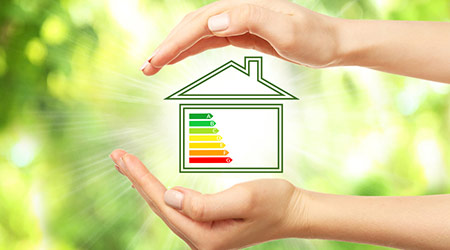When it comes to lighting investment decisions, patient satisfaction and overall comfort can provide a cost benefit that outweighs any electronic dashboard savings.
“Patient comfort embodies the ROI conversation,” said Randy Thomas, director of architectural lighting control sales for Legrand Building Control Systems Division in Connecticut. “There are plenty of reasons for people to make investments into spaces. They have more choices on where to receive care. It’s the reality of consumerization in health care.”
Rather than focusing on a 24-, 18- or even 16-month return on investment, Thomas said the conversation is on cost benefit. Patient satisfaction and quality reporting scores are where health systems are focusing their attention.
Color tuning
One area that puts people first is human centric lighting (HCL). Tunable LED lighting controls both the intensity and the color of the light to mimic natural daylight, affecting productivity, mood or sleep patterns.
“HCL gives you the ability to take full spectrum control over the lighting,” Thomas said, adding that HCL allows the patient to tune the color to their comfort level, tune another portion of the room to the comfort of family members, or set lighting levels for medical staff during rounds. “Tunable light is probably one of the most fascinating lighting areas in the industry today.”
A new focus area for lighting control is the operating room – a heavy LED-centric environment. Thomas said with LCD monitors and equipment, some ORs resemble television control rooms. Many facilities are now broadcasting surgical events and looking for options to dim and color correct lighting to create control over the environment.
Lighting trends
Real-time location system (RTLS) integration for color tuning and light activation gives patient rooms their own profile. RTLS provides real-time tracking and management of medical equipment, staff and patients, allowing spaces to be interactive to a particular physician or staff member.
Wearable technology provides the ability for patient and staff profiles to travel with the individual, creating an interactive space wherever they go in a facility.
Gesture control provides an intuitive patient interface that recognizes and interprets movements to interact act with and control everything from lighting to electronics.
“Patients will be able to use gesture technology to allow them to respond by the wave of their hand to activate lighting, or the point of a finger turns on the TV,” Thomas said. “I believe gesture control will be part of where we see healthcare moving, and it will reside in the patient room.”
Intrinsic design systems through open ecosystem apps take lighting controls from the wall to the light fixture.
“All of the intelligence will be there,” Thomas said. “Integrated sensors will be part of fixtures. They will have the ability to have occupancy/vacancy sensing, heat mapping capabilities, even as far as cameras inside the fixture. The fixture is going to be the technology Trojan Horse.”
Internet of (Medical) Things
Technology has the potential to transform patient care and bring efficiencies to health care, but managing all of that data under the constraints of patient privacy can be an obstacle.
The Internet of Things (IoT) – connecting things with an on/off switch to the Internet, enabling them to send and receive data – is still evolving, but digital lighting management platforms is one way IOT may break the healthcare barrier. The platform collects data and presents energy and data back into facilities. It reports the capabilities of power consumption, lighting consumption and real-time activities.
Thomas predicts that down the road there will be more interest in understanding the ability to learn behaviors of patients and medical staff to increase the work flow and system efficiencies.
“If you transport technology with the patient, you drive a better outcome to analytics of what’s being produced,” Thomas said. “Taking data and using it at that level, you are using data in a more benign way. It’s where the IoT part really starts to come into play.”

 UF Health Hospitals Rely on Green Globes to Realize Their Full Potential
UF Health Hospitals Rely on Green Globes to Realize Their Full Potential How Healthcare Facilities Can Be Truly Disaster-Resilient
How Healthcare Facilities Can Be Truly Disaster-Resilient TriasMD Breaks Ground on DISC Surgery Center for San Fernando Valley
TriasMD Breaks Ground on DISC Surgery Center for San Fernando Valley Bigfork Valley Hospital Falls Victim to Data Breach
Bigfork Valley Hospital Falls Victim to Data Breach AI-Driven Facilities: Strategic Planning and Cost Management
AI-Driven Facilities: Strategic Planning and Cost Management